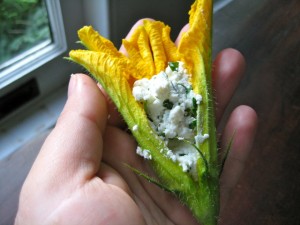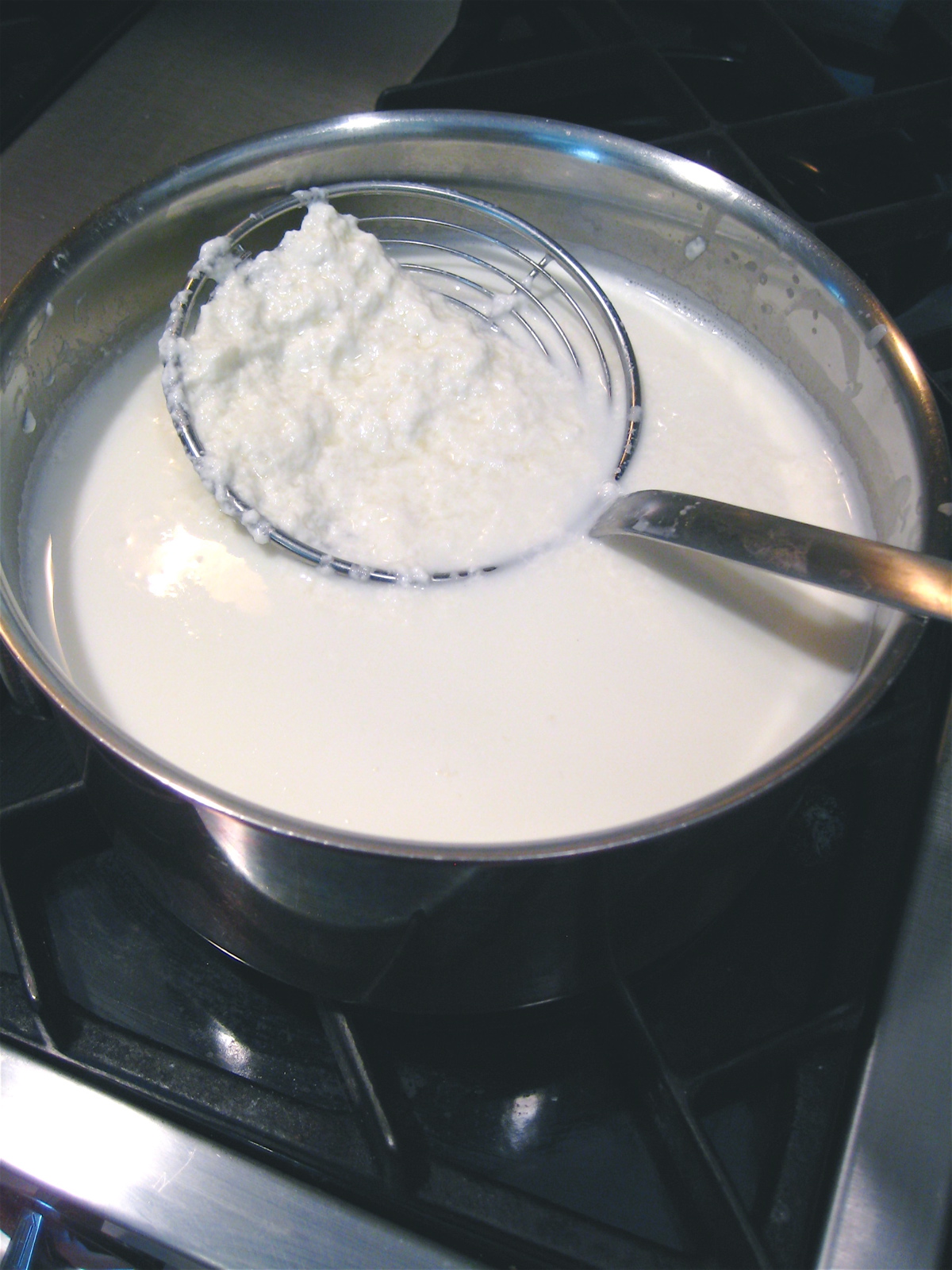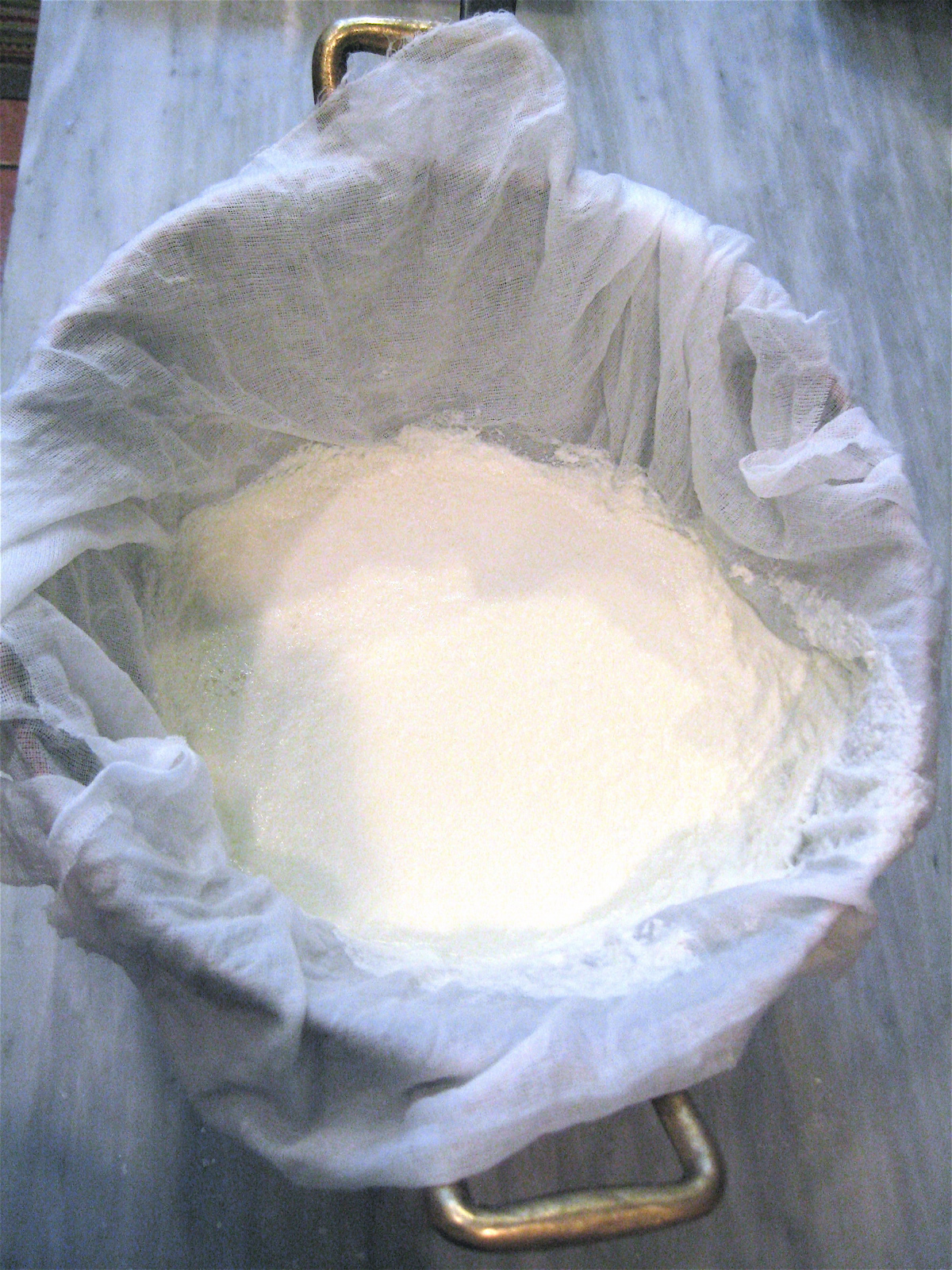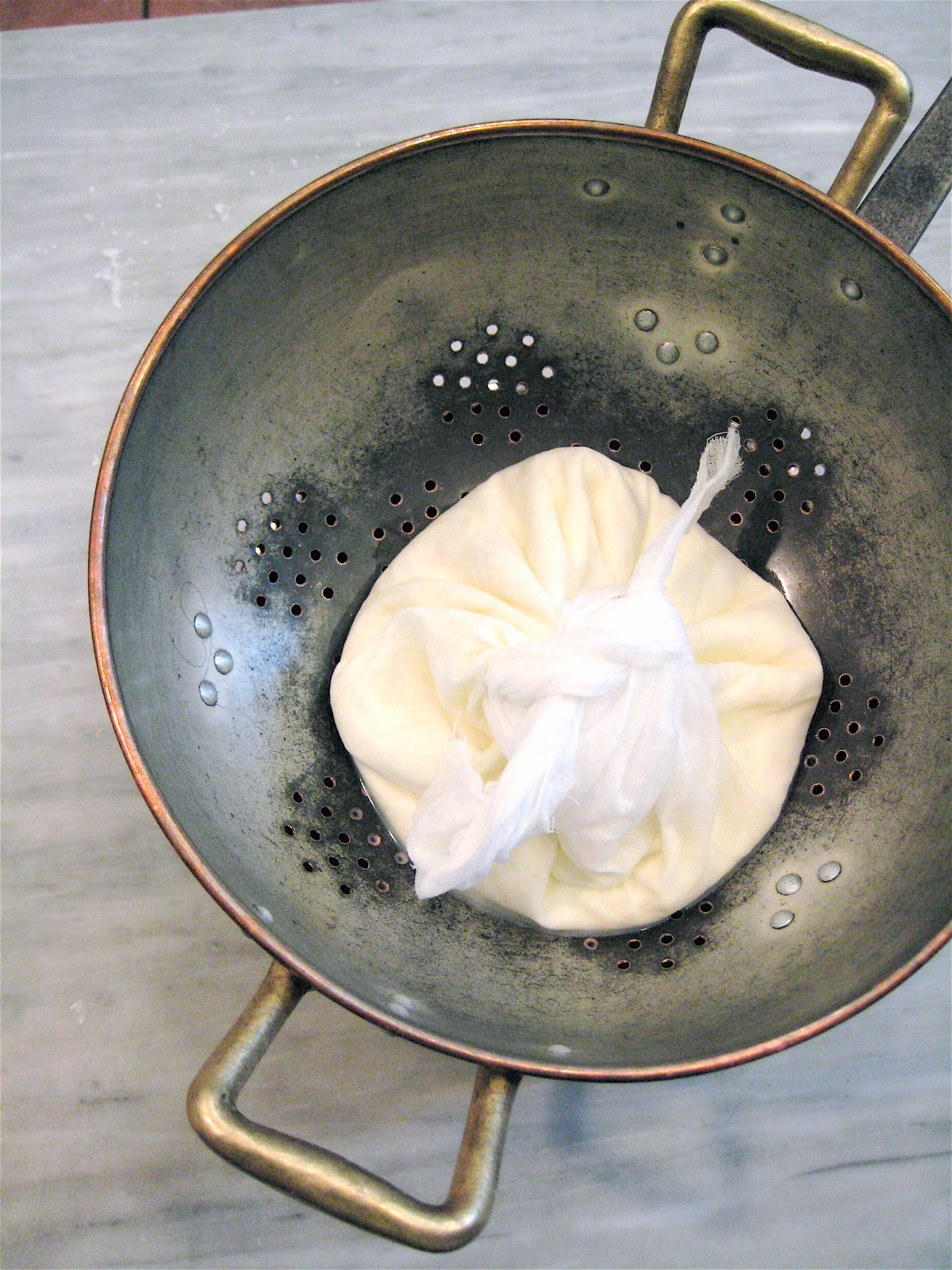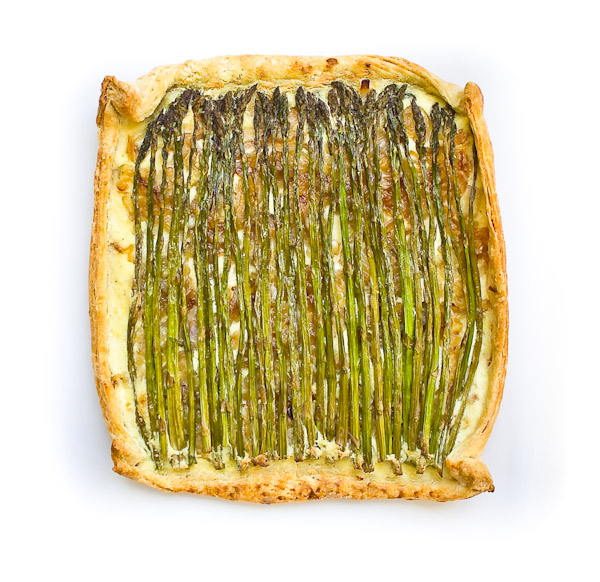 As hinted at earlier this week, asparagus is bustin' out all over on our micro-farm. One of the very first signs of a long season of fresh food from the gardens, this perennial faithfully returns each May, basically without us having to do a thing. (That's my kind of garden vegetable!) Since it is never better than right now, we'll eat just-picked asparagus almost every night for dinner for the next several weeks. Then finally, when we can't stand it anymore, which fortunately is right about when the asparagus season peters out, we'll put our asparagus habit to bed for another 11 months. Once you've had it this fresh and this good, you are spoiled for anything trying to masquerade as asparagus in the rest of the year. But it is a challenge to keep it interesting in the dinners ahead. Even as good as it is, when having asparagus almost nightly, sauteing, grilling, and soup-ing gets old quickly. This savory galette was a very welcomed change, and was gobbled up quickly last evening. It would also be wonderful for brunch, or cut in small squares for late spring hors d'oeuvres. I have been on a galette with corners kick this year, but feel free to form it in the more traditional round shape, or any free-form shape that works for you and your stalks.
| ||||||||||||||||||||||
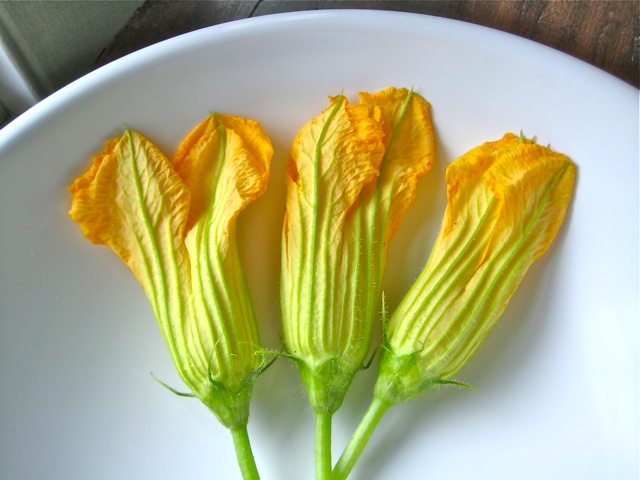 Our few small winter squash plants, that I started from seed this year, have taken off, and taken over, and are now literally climbing the walls of the new squash garden we put in. It is still amazing to me that one tiny 1.5 cm long seed can turn into a gigantic sprawling little-shop-of-horrors-like vine with leaves that are waist-high. Looks like we will pretty certainly have an abundance of squash, and currently have an abundance of glorious, delicate, and elegant squash blossoms. If picking them yourself, try to do it early in the day, when they are open and slightly more resilliant--they tear very easily. Also, you'll want to pick the male flowers, as the females are the ones that the squash will grow from. So with our glut of blossoms, guess I'll just have to stuff them with creamy cheese and fry them, fry them, fry them. 
 | ||||||||||||||||||||||
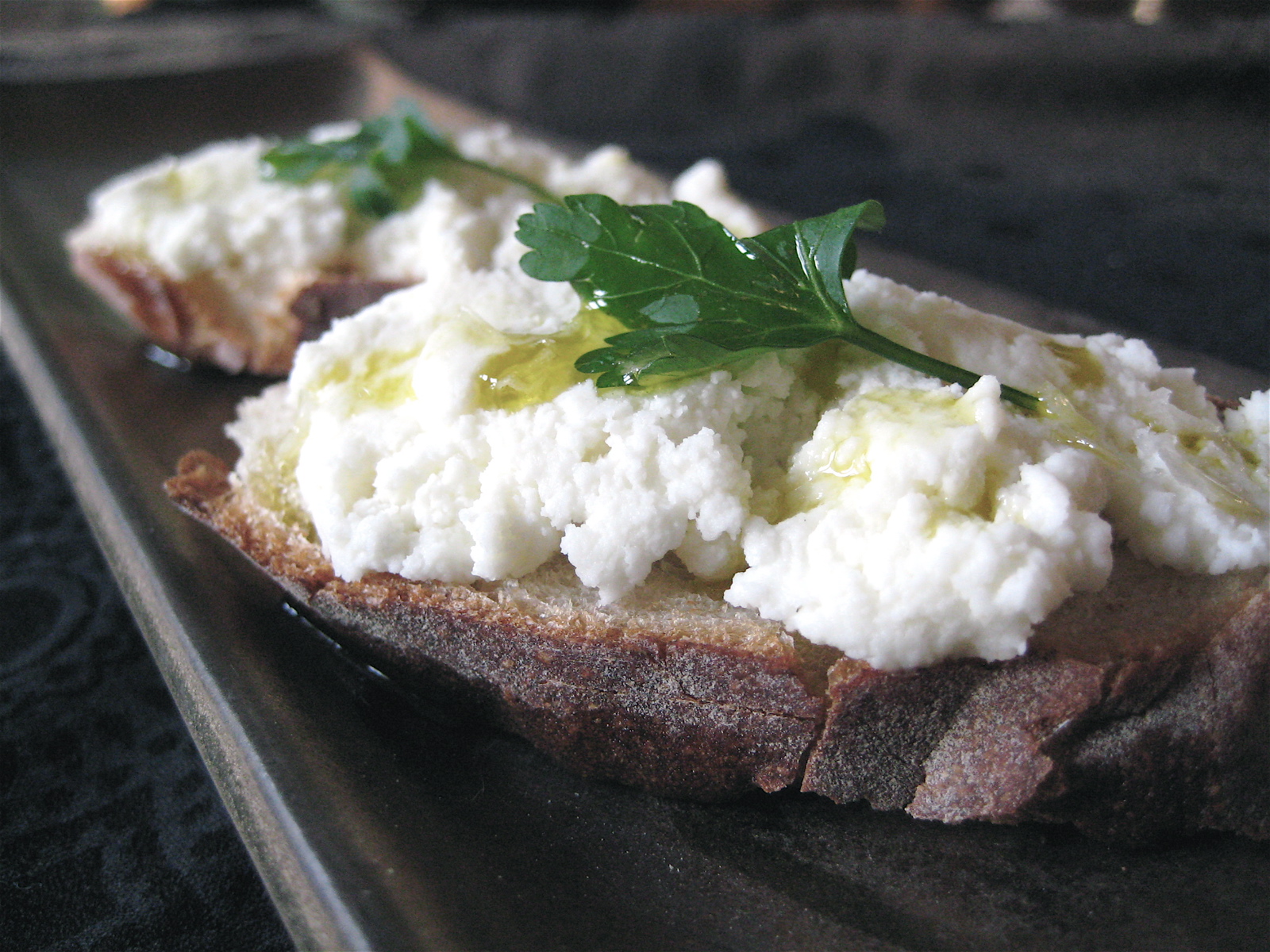 Lately we have been getting the most wonderful fresh milk from Dirie's Farm, a small family-owned dairy farm near us. The milk has a whole melody of flavor, that clearly illustrates what people are talking about when they refer to the terroir in wine. You can taste this area. You can taste the differences in the seasons, and the grassy fields and hay on which these cows are feeding. A few months ago I had an impromptu lunch out by myself (I mean, with my date, New York Magazine) at Veloce Pizzeria in the East Village of NYC. They have a divine ricotta crostini "spuntini" (Italian snacks). Superb rich ricotta slathered on crusty toasted bread with fresh black pepper. Heaven. So craving that, this week's farm milk became glorious ricotta. It's easy, easy, easy. There are many recipes out there, using several different acidifying agents (vinegar, lemon juice, buttermilk, and citric acid). I learned this from my culinary school, and Ricki the Cheese Queen, both using the exact same method with citric acid, so I'll stick with that. Citric Acid is pretty widely available. It is often called for in canning tomatoes. I have seen it in my grocery store near canning supplies or products like Fruit Fresh. But you can also easily get it here, from the wonderful New England Cheesemaking Supply Company.
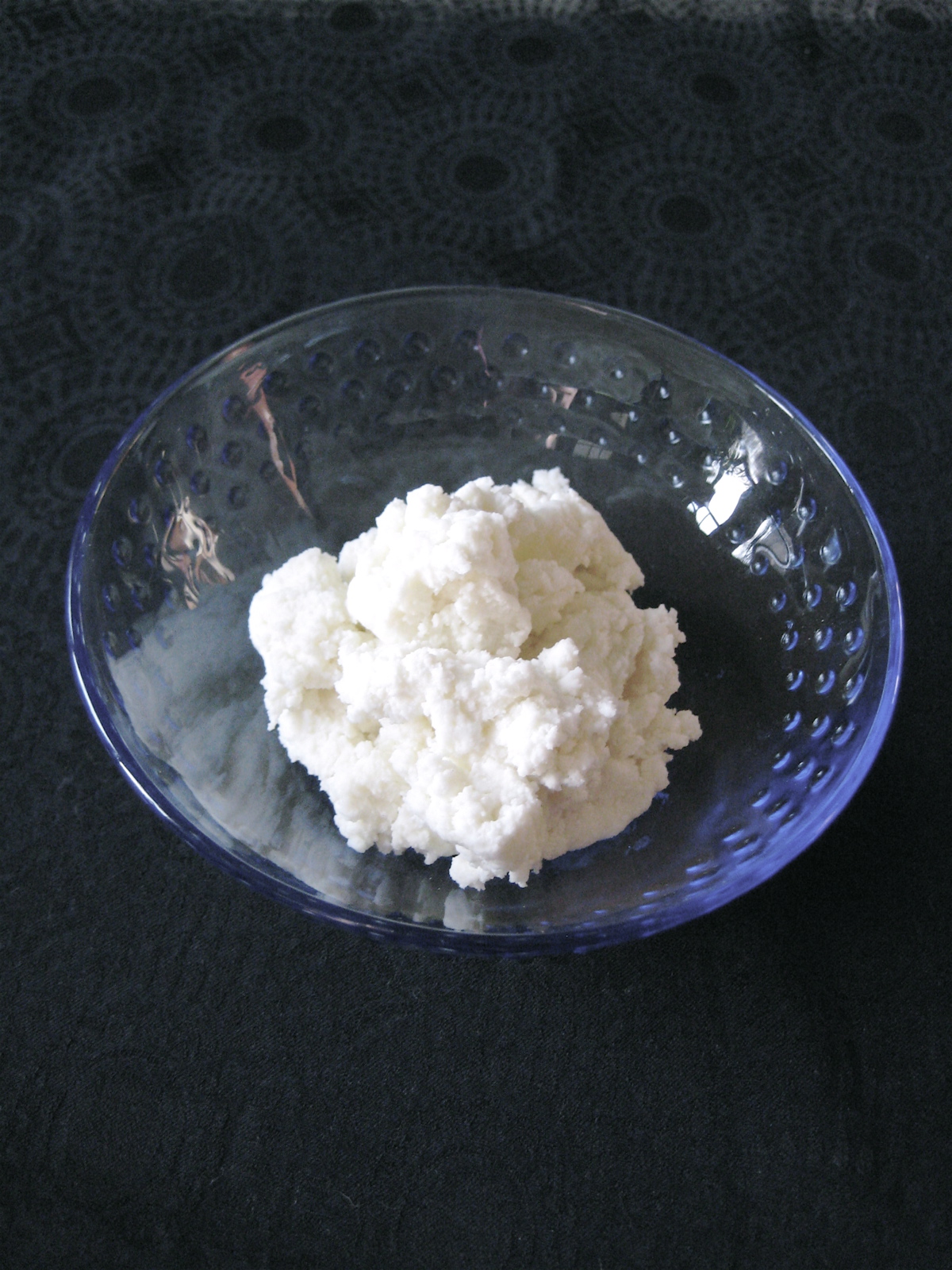 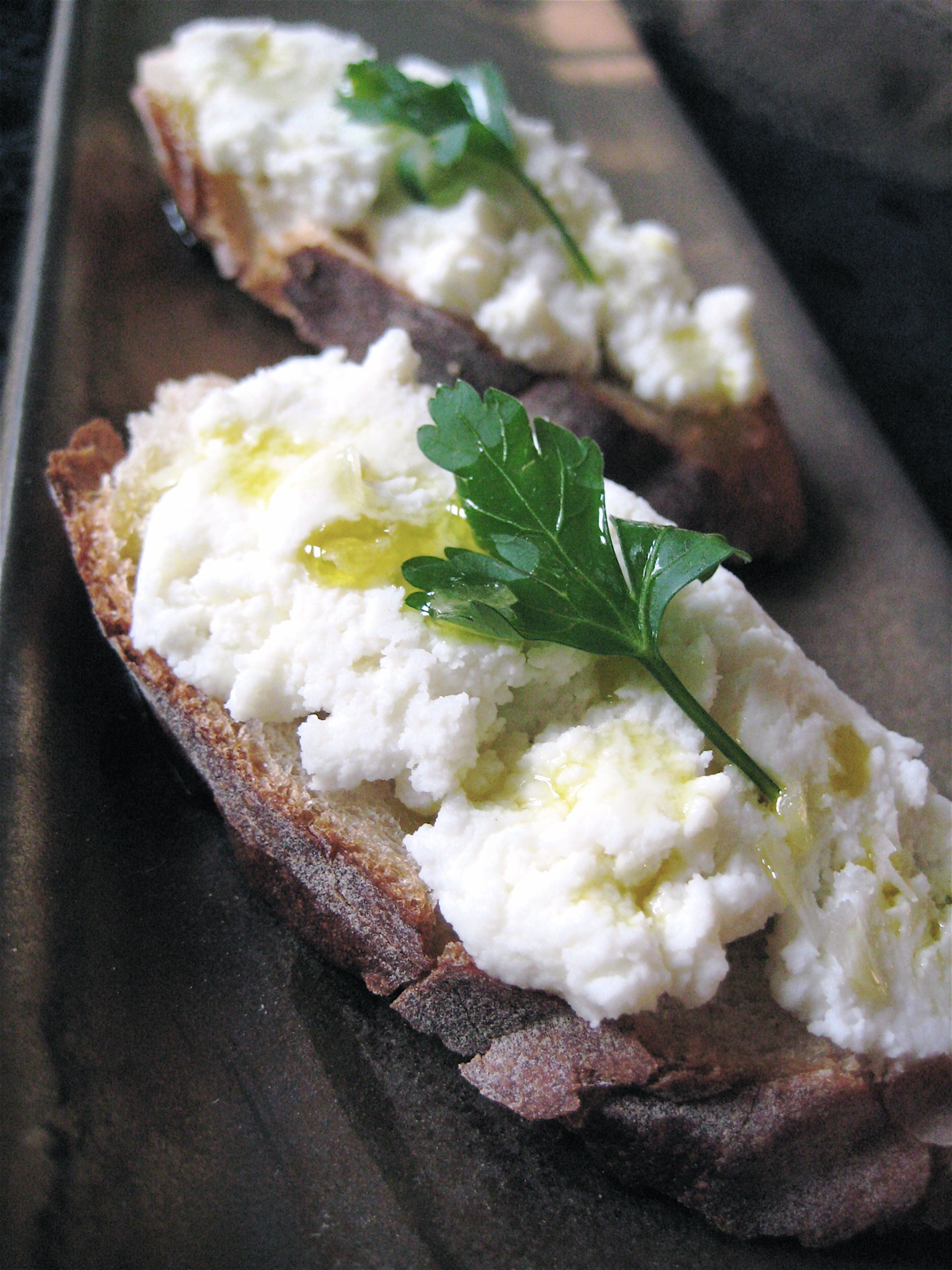 | ||||||||||||||||||||||
|
|
{ welcome! }
 Catie Baumer Schwalb is a chef, food writer and photographer, who splits her life between the city and the country. Not too long ago Catie was a New York City based actress and playwright for more than a decade. She has her Master of Fine Arts from the National Theater Conservatory, and her Grand Diplôme in classic culinary arts from the French Culinary Institute in New York City.
... Read More ≫
Catie Baumer Schwalb is a chef, food writer and photographer, who splits her life between the city and the country. Not too long ago Catie was a New York City based actress and playwright for more than a decade. She has her Master of Fine Arts from the National Theater Conservatory, and her Grand Diplôme in classic culinary arts from the French Culinary Institute in New York City.
... Read More ≫{ get in touch }
{ what's new }
September 12, 2015
August 19, 2013
August 15, 2013
August 13, 2013
August 1, 2013
{ favorites }
{ archives }
Appetizers / Breads & Pastry / Breakfast / Cakes / Canning / Condiments / Dinner / DIY foods / Drinks / Fall / favorites / Grains / Holidays / Local / Noodles & Pasta / Pies & Tarts / Poultry / Salads / Seafood / Snacks / Soup / Spring / Summer / Sweets / Techniques / Vegetables / Vegetarian / Winter /
{ currently reading }
|



